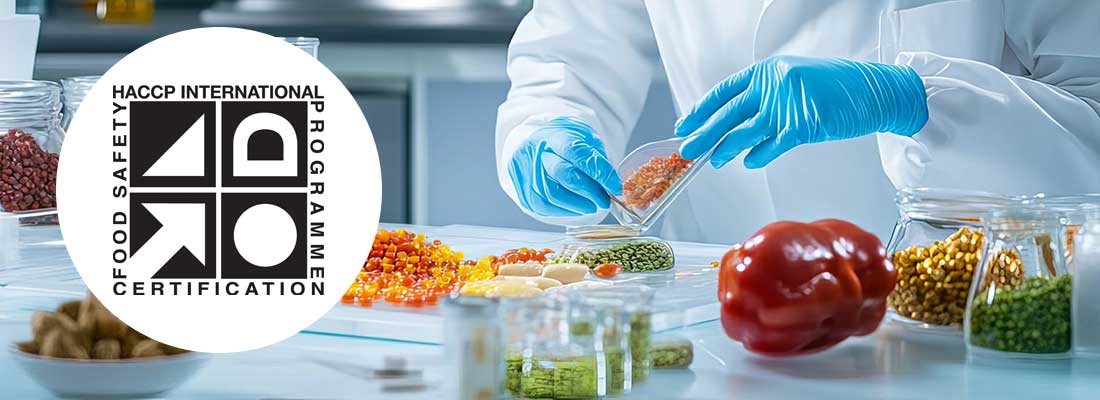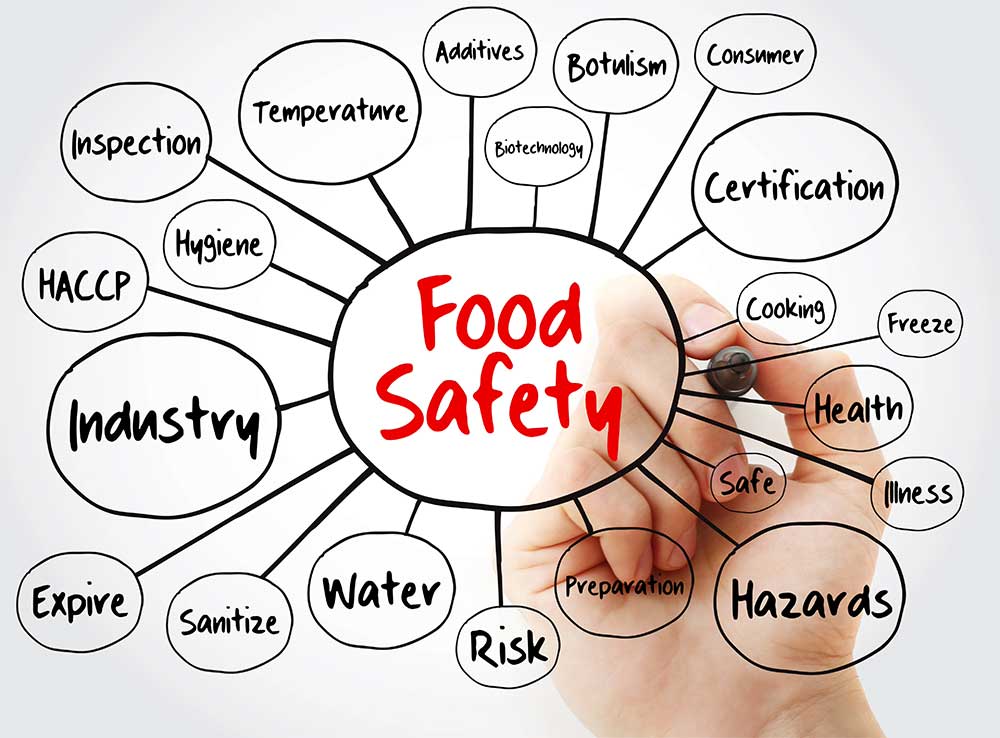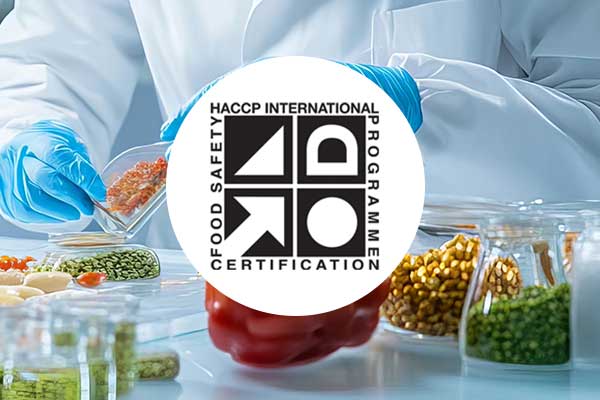
Freeze drying, or lyophilization, is a process that removes moisture from food to extend its shelf life and preserve nutritional qualities.
With this method gaining popularity among; commercial food preparation, home cooks, farmers, candy-makers, survivalists and industrial food business, inconsistent practices and poor freeze dryer material choices can lead to food safety risks.
This includes the growth of pathogens such as bacteria and fungi inside the freeze dryers, which could potentially contaminate freeze dried food through direct contact.
However, freeze drying presents unique challenges in ensuring food safety, because the food is dried under vacuum.
Potentially harmful Volatile Organic Compounds can be released under vacuum and subsequently be deposited onto food during the drying process.

Whilst not all Volatile Organic Compounds are considered harmful, many are linked to symptoms such as headaches and nausea but can also be linked with cancer. Sources for such potentially harmful Volatile Organic Compounds can be any material inside the vacuum chamber system such as heaters, adhesives and electrical wiring.
Therefore, it is essential to emphasize food safety certification to ensure that freeze dryers operate efficiently and safely.
This article explores the significance of Hazard Analysis Critical Control Point (HACCP) certification for freeze dryers, its impact on food safety as well as recommendations for consumers.
Introduction to HACCP
HACCP certification ensures that equipment and processes align with established safety protocols. For freeze dryers used in home food preservation, this certification signifies that the appliance adheres to the necessary standards to prevent foodborne illnesses.
The Hazard Analysis Critical Control Point (HACCP) system has its origins in the United States in the 1960s when it was developed by the Pillsbury Company in collaboration with NASA to ensure the safety of food for astronauts. It has since evolved into an internationally recognized framework for managing food safety throughout the food production cycle, from raw material acquisition to final consumption. The HACCP organization and various advisory bodies, such as the National Advisory Committee on Microbiological Criteria for Foods (NACMCF) and the Food and Drug Administration (FDA), provide guidance on the implementation and management of HACCP systems.

These organizations work to promote the understanding and adoption of HACCP principles as a means to prevent hazards rather than merely testing for them after they occur. The emphasis is on proactive risk management, enabling homes and food businesses alike to identify and control potential hazards effectively. HACCP is critical not only for industrial food production but also for home food preservation, where safe practices must be adhered to in order to maintain food integrity and prevent foodborne illnesses.
Understanding HACCP
HACCP is a systematic preventive approach to food safety that identifies physical, chemical, and biological hazards in production processes. It helps ensure that food safety is built into operations from the start, rather than being tested at the end. Its principles include:
1. Conducting a hazard analysis
2. Determining Critical Control Points (CCPs)
3. Establishing critical limits for each CCP
4. Monitoring CCPs
5. Establishing corrective actions
6. Verification of the system
7. Keeping records and documentation
The Importance of Food Safety Certification for Freeze Dryers
HACCP certification of freeze dryers helps mitigate risks related to microbial hazards, spoilage, degradation and Volatile Organic Compound exposure.
A certified freeze dryer is more likely to operate consistently and effectively after thorough third-party certification, leading to higher quality dried foods with better taste and nutritional preservation.
Many jurisdictions have regulations regarding food safety. Certification ensures compliance for business with these regulations, reducing the risk of legal issues or product recalls.
Conclusion
Food safety certification of freeze dryers based on HACCP principles is crucial for ensuring the safe preservation of foods in business and at home. As food freeze drying continues to grow, it is essential to prioritize food safety through certification to protect consumers and enhance the quality of preserved foods.
CryoDry has successfully achieved HACCP Certification for our CD8 Freeze Dryer following extensive third-party component testing and design review. We want our customers to be able to have absolute confidence into the safety and quality of our products.
References
- National Advisory Committee on Microbiological Criteria for Foods (NACMCF)
- Food and Drug Administration (FDA) Guidelines on HACCP
- International Organization for Standardization (ISO) Standards on Food Safety Management

